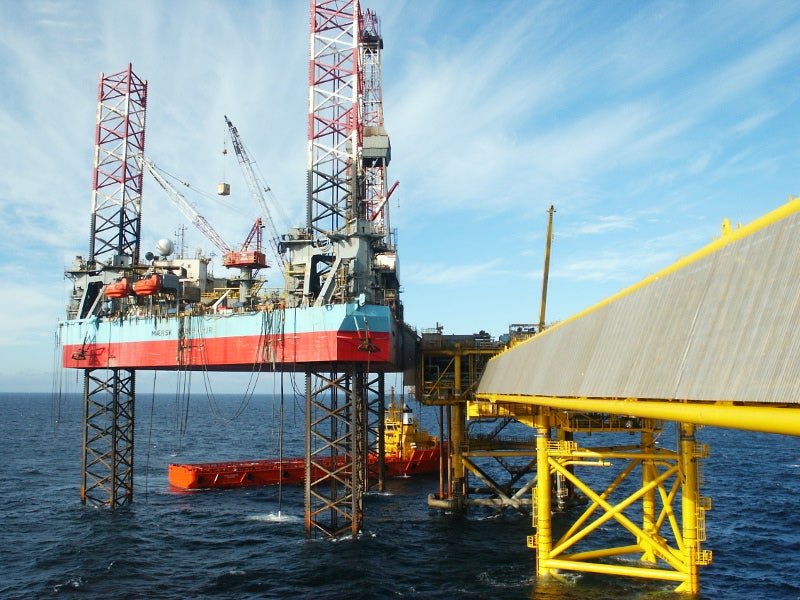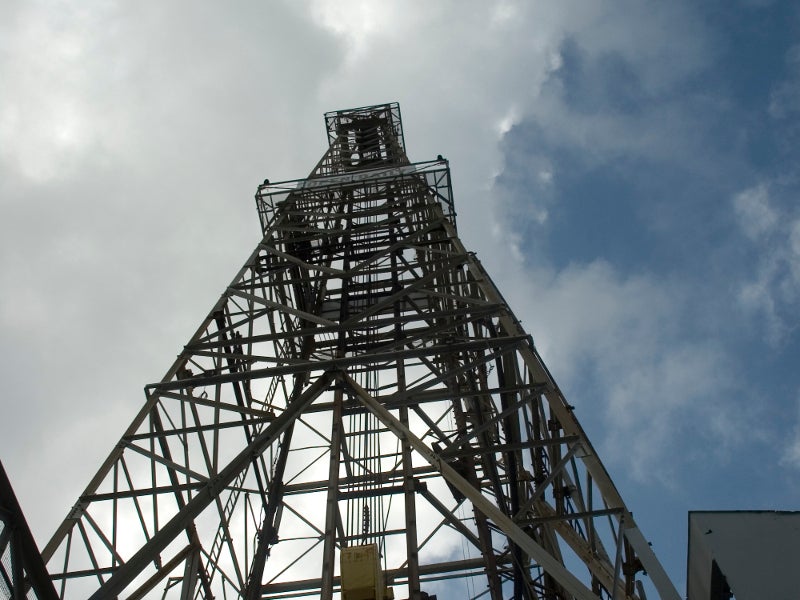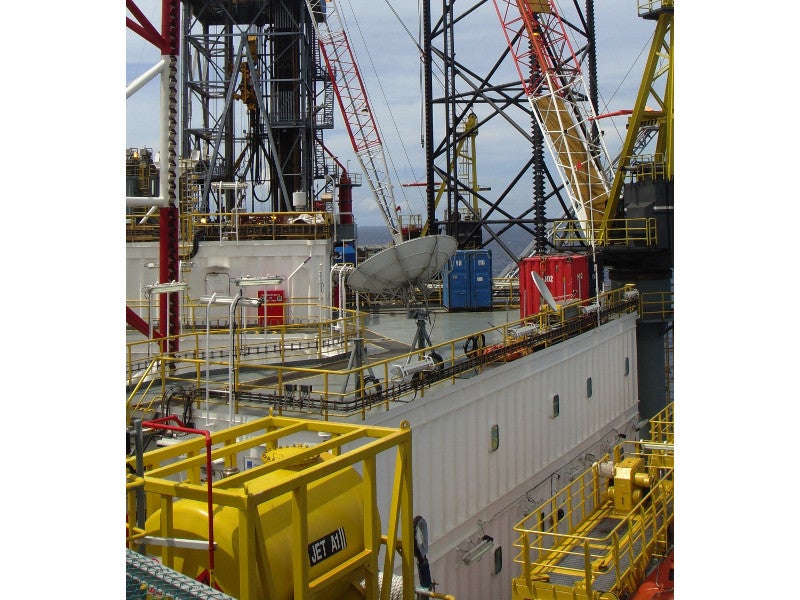The Hokchi oil and gas field is located at a water depth of 30m as part of the production sharing contract designated as Contract Area No. 2 in the Gulf of Mexico.
Development will be carried out by a consortium comprising Hokchi Energy and E&P Hydrocarbons and Services, under a shared production agreement with the Mexican Government. Hokchi Energy is serving as the operator for the project.
The $2.5bn plan for the Hokchi oil and gas field was approved by the National Hydrocarbons Commission of Mexico in May 2018.
The field is expected to produce 147.8 million barrels of oil equivalent (Mboe) and 45.4 trillion cubic feet (tcf) of gas at a recovery rate of 37%.
Hokchi oil and gas field location
The Hokchi field covers an area of 40km². It is located 30km off the coast of the south-eastern Mexican state of Tabasco in the Salina del Istmo basin in the Gulf of Mexico.
Hokchi field discovery and appraisal details
The Hokchi oil and gas field was discovered by the Hokchi-2DEL well, which was drilled to a depth of 2,600m in 2017.
Five more wells comprising Hokchi-3DEL, Hokchi-4DEL, Hokchi-5DEL and Hokchi-6DEL were drilled following the discovery, ranging from depths between 2,700m and 3,350m.
An extended-range production test was carried out on the Hokchi-4DEL well, which produced 4,201 barrels of oil with an API of 29.4°.
Hokchi oil and gas field development details
The development plan for the Hokchi oil and gas field involves the installation of two platforms, one central wellhead platform and one minimal satellite wellhead platform. The central platform will be a six-leg fully-automated facility with 15 slots and minimal processing facilities, while the satellite platform will be a three-leg fully-automated facility with six slots.
Both platforms will be equipped with utilities such as cranes, chemical injection, emergency power generation and motor control centre, production and injection header, and safety systems.
The offshore platforms will be unmanned and include seven producing wells and seven injection wells. The platforms will be interconnected through 3km-long power and communications umbilical, a 3km multi-phase pipeline with a diameter of 3in, a 3km injection water pipeline and a 3km infield flow line.
Infrastructure facilities
The central wellhead platform will be connected to the wellhead platform and operated from an onshore facility through pipelines and umbilical installations, including a 26km power and communications umbilical.
A 24km, 14in diameter multi-phase pipeline and a 26km, 10in diameter injection water pipeline will also be installed.
Processing details
The onshore facility will process incoming hydrocarbons and provide high-pressure water for injection to the platforms. It will consist of an oil treatment plant with a capacity of 35,000 barrels per day (bpd), a seawater treatment plant, gas treatment and compression, water injection, power generation facility and a metering station.
A 6km oil export line with a diameter of 14in and a 6km gas export line with a diameter of 6in will transport the processed oil and gas from the plant to a local tie-in point.
Contractors involved
Sapura Energy was awarded a contract worth RM1.75bn ($427.8m) to undertake offshore engineering, procurement, transportation, installation, pre-commissioning and commissioning (EPCIC) works for the central wellhead platform and satellite wellhead platform.










